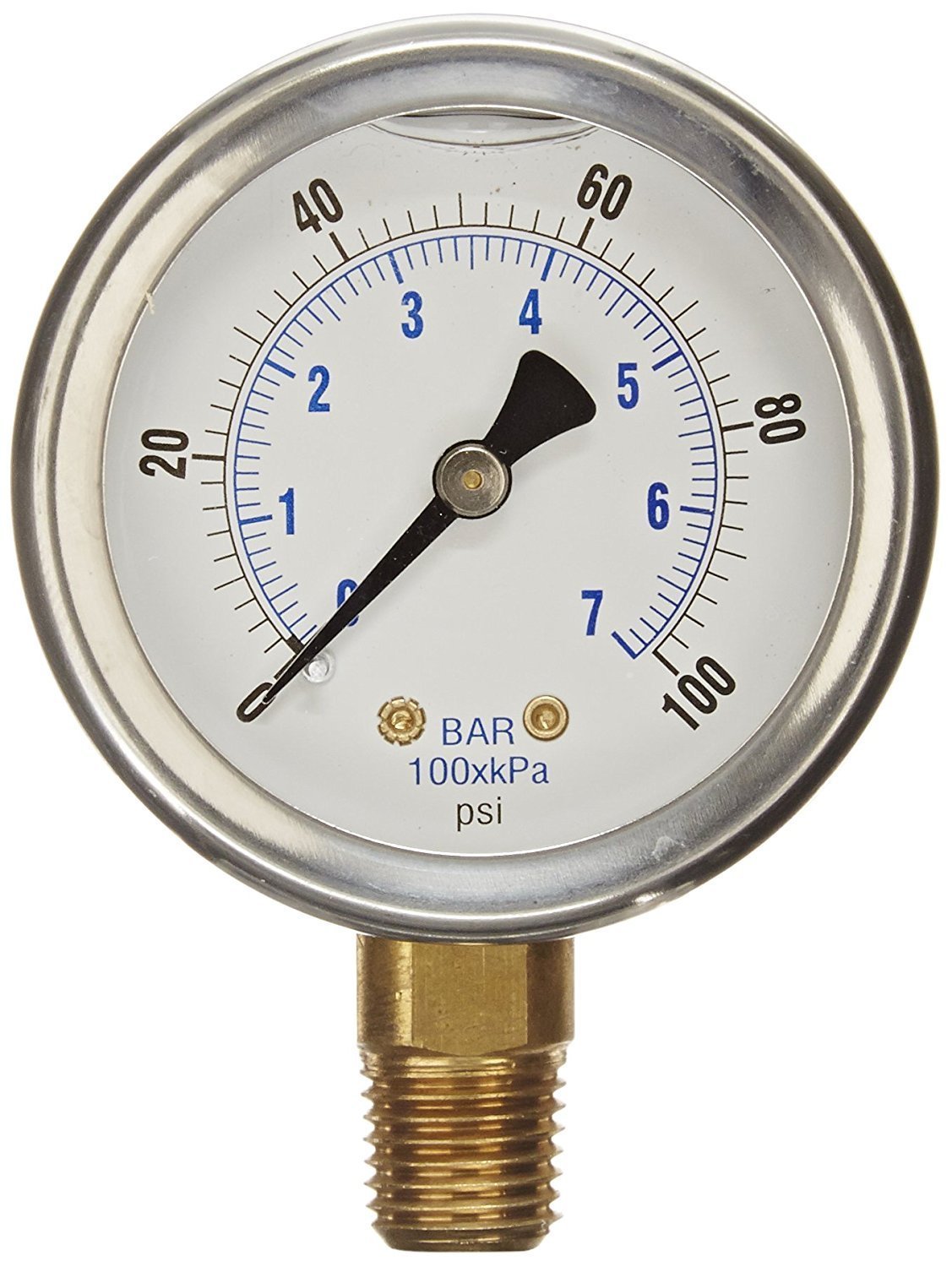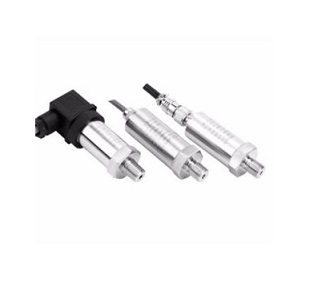As a provider, Kevitits dealer kevitits.com, and manufacturer of pressure gauges, we offer a wide choice of analogue pressure gauges, which are the most common way to measure temperature in a variety of sectors. Where space is limited, these analogue pressure gauges are frequently utilised in the hydraulics and compressed air, medical, compressors, irrigation, petrochemical, and fluid sectors. Aside from that Pressure Gauges Suppliers in Qatar, there are other advantages that have enabled these analogue pressure sensors acceptable for the implementation:
We Offer Revolution Of Industrial Engineering
Pressure Gauges Suppliers In Qatar
Pressure Transmitter Supplier in Qatar


Without needing to stand at the gauge waiting for the reading, quick and precise readings are achievable.
- Kevitits Pressure Gauges long-lasting, dependable, and cost-effective solution assists businesses in saving money.
- Provides a simple solution for situations with substantial pressure fluctuations.
- Ideal for use in harsh weather situations.
- Best for getting readings at a distance and at a glance.
- Capability to observe several pressure measurements at once
- It is useful in circumstances where dynamic pressure increases must be observed.
- Analogue gauges also help in spike situations by dampening the rise and producing an average value.
- You don't have to worry about the batteries dying because it's not in use.
- When using an actual gauge, there is no suffering of overheating.
A Pressure gauge is a device that measures the concentration of fluid, gas, water, or steaming in a resistance machine to make certain there are no leaks or pressure variations that might impair the system's operation. Pressure systems are built to work within a certain operating pressure. Any divergence from the allowed standards might have a negative impact on the system's operation.
Kevitits Pressure Gauge VarietiesPressure gauges Kevitits vary according to where they will be used, with varied sizes, designs, and materials chosen to match certain applications. Pressure gauges are classified and described in a variety of ways, including usage, medium, and measurement technique.
Pressure is defined as the perpendicular force delivered per unit area of a surface Pressure Transmitters Suppliers in Qatar, which is calculated using various approaches and methodologies. The proper measurement of temperature is reliant on the reference against which the force measurement is taken. There are two types of pressure gauges: hydrostatic and mechanically.
Hydrostatic pressure is caused by the weight of a liquid above a measuring point while the stream is at rest. The hydrostatic pressure Kevitits gauges is affected by the liquid's height. A liquid's hydrostatic characteristics are not continuous and are altered by its thickness and weight.
Mechanical force is regulated using a bellows, diaphragm, or Bourdon tube, which transforms fluid pressure into force.
It is critical to grasp some of Kevitits pressure's various dynamics, which include relative, gauge, difference, and environmental, while discussing pressure. Everyone is acquainted with high pressures; it is the pressure of the air surrounding us and is referenced in weather forecasts. Methods include pure, difference, and total pressure.
Absolute pressure is defined as pressure is determined in relation to a low pressure. Pressure proportional to atmospheric pressure is referred to as gauge pressure. When this kind of pressure is still above pressure and temperature, it is positive; when it is lower than air pressure, it is negatives. The difference kinds of force applied is measured using pressure change. This type of pressure gauge has no standard and only measures the majorly two levels.




























